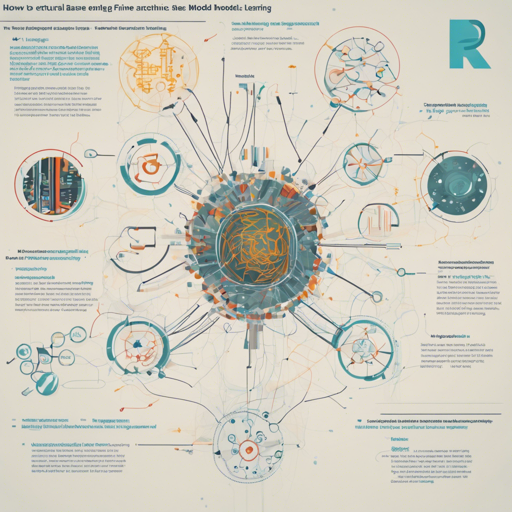Welcome to the world of Natural Language Processing (NLP)! If you’re curious about using the roberta-base-finetuned-ner model to enhance your AI applications, you’ve come to the right place. This model is specifically tailored for Named Entity Recognition (NER), which detects proper nouns in text. Let’s dive in and see how you can implement this model successfully!
Understanding the RoBERTa-base-finetuned-ner Model
Think of the RoBERTa model as a sophisticated librarian. In a library filled with countless books (text data), this librarian has been trained to quickly identify important characters (entities) within those books. This model has been fine-tuned on a specialized dataset to help it recognize entities more efficiently and accurately.
Model Performance
This model has shown impressive performance with the following metrics:
- Loss: 0.0738
- Precision: 0.9232
- Recall: 0.9437
- F1 Score: 0.9333
- Accuracy: 0.9825
Getting Started
To start using the RoBERTa-finetuned-ner model, you need to set up your environment and install the necessary libraries. Here’s how:
pip install transformers torchLoading the Model
Once you have your environment ready, you can load the model with just a few lines of code:
from transformers import AutoModelForTokenClassification, AutoTokenizer
model_name = "dbmdz/roberta-base-finetuned-ner"
tokenizer = AutoTokenizer.from_pretrained(model_name)
model = AutoModelForTokenClassification.from_pretrained(model_name)
In this snippet, we initialize the tokenizer and model from the Hugging Face Hub, similar to checking out that special book from the library.
Making Predictions
To make predictions, you need to prepare your input text:
sentence = "Elon Musk founded SpaceX."
inputs = tokenizer(sentence, return_tensors="pt")
outputs = model(**inputs)
Once you run the prediction, the model will generate outputs akin to how the librarian highlights important names in the text.
Troubleshooting Common Issues
Sometimes, you may run into issues while using the model. Here are a few troubleshooting tips:
- Model not found: Ensure you have the correct model name in the model loading line.
- Compatibility errors: Verify that your versions of Transformers and PyTorch match the requirements: Transformers 4.15.0, PyTorch 1.10.0+cu111.
- Out of memory errors: Try reducing the batch size or using a smaller model.
For more insights, updates, or to collaborate on AI development projects, stay connected with fxis.ai.
Model Training and Results
This model was fine-tuned with a set of specific hyperparameters aimed at optimizing its performance:
- Learning Rate: 2e-05
- Train Batch Size: 16
- Evaluation Batch Size: 16
- Number of Epochs: 3
The training results demonstrate a systematic drop in loss and an increase in precision, recall, and F1 scores over epochs, illustrating the model’s learning journey.
Conclusion
By utilizing the RoBERTa-base-finetuned-ner model, you can significantly enhance your text-processing applications. Remember, just like any art, mastering NER takes practice and experimentation. Don’t hesitate to dive in, try out different parameters, and remember to review your setup if you encounter any roadblocks.
At fxis.ai, we believe that such advancements are crucial for the future of AI, as they enable more comprehensive and effective solutions. Our team is continually exploring new methodologies to push the envelope in artificial intelligence, ensuring that our clients benefit from the latest technological innovations.

